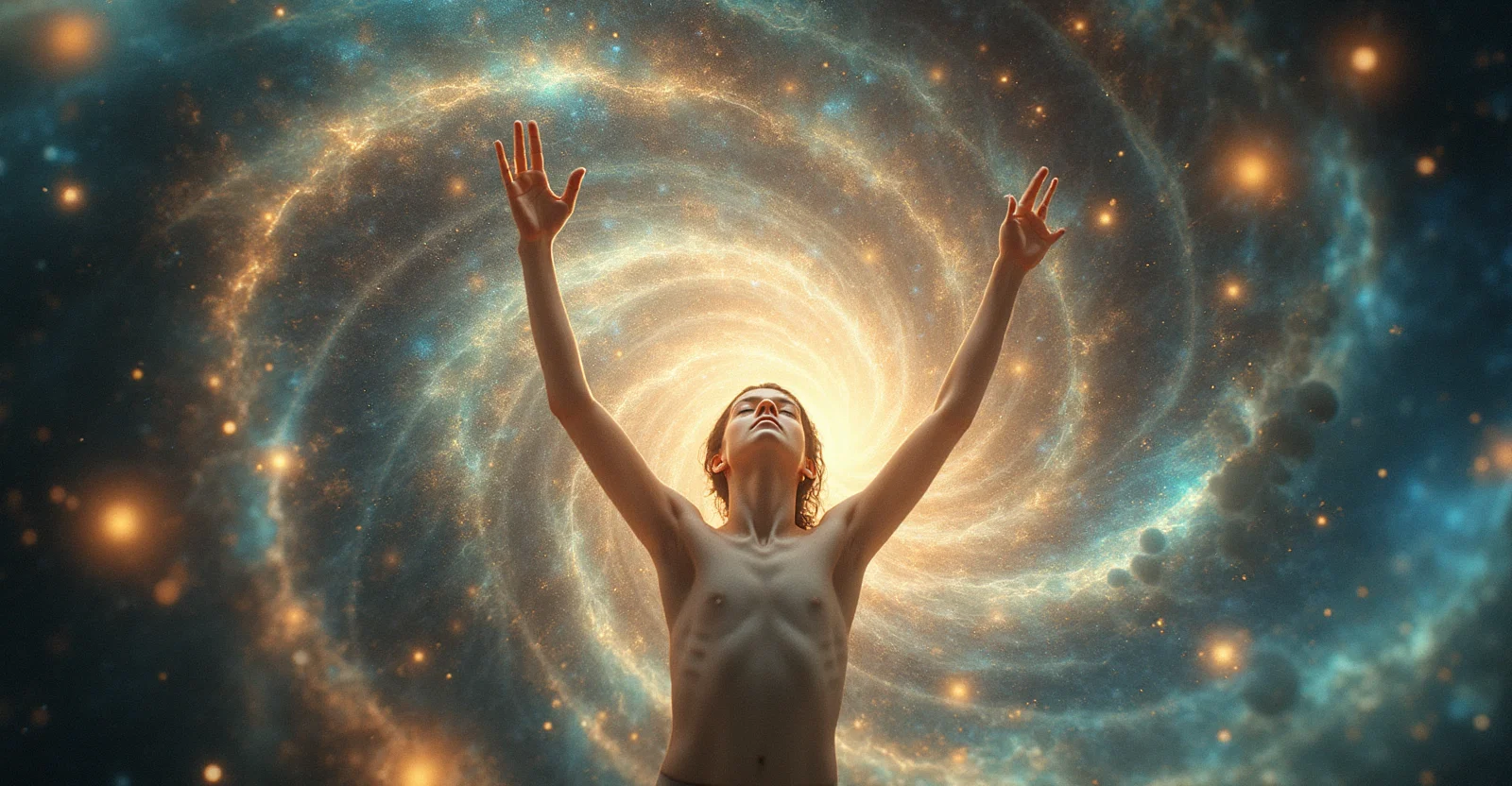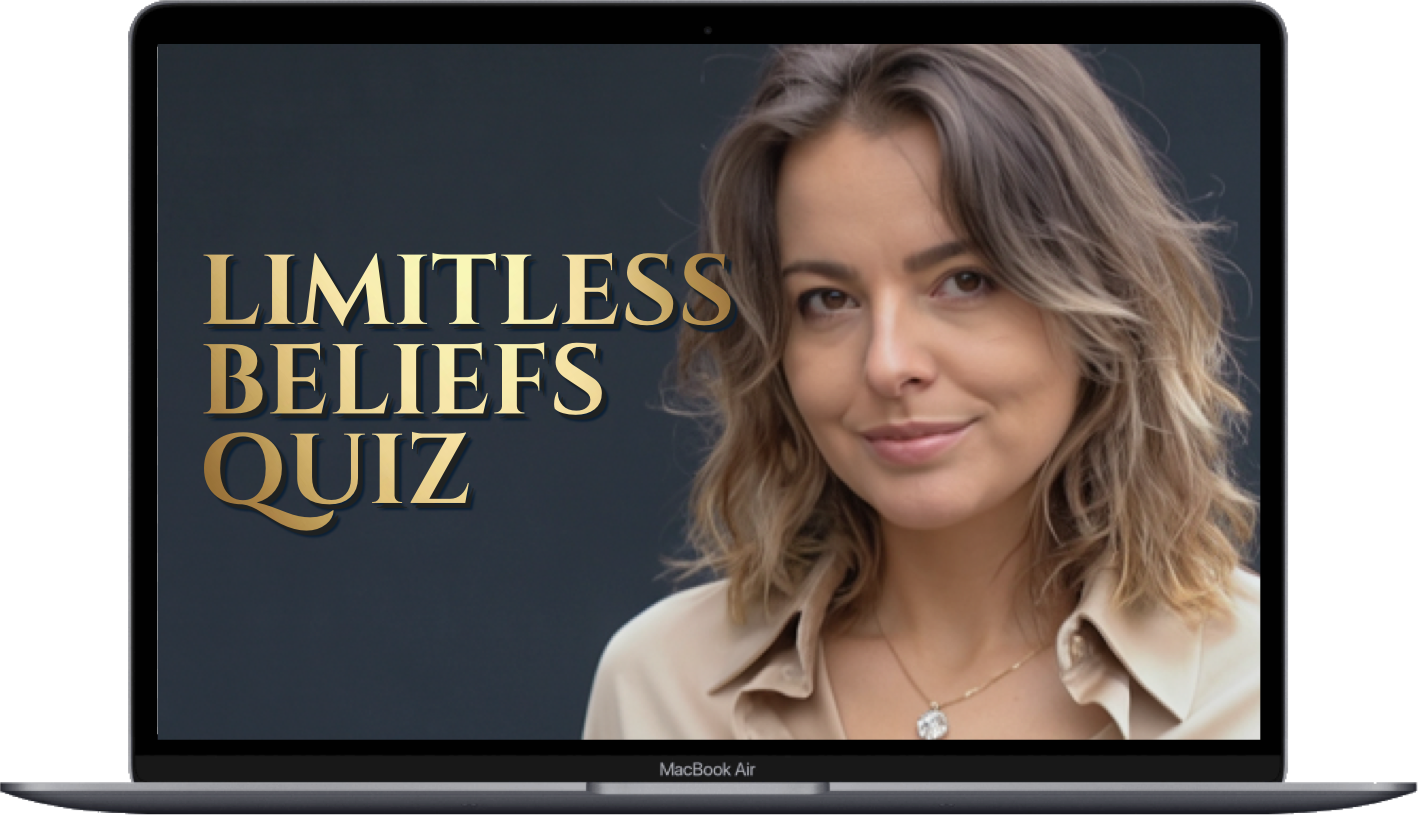Naturally, I had to explore this philosophy from different angles—practicing it, studying it deeply, and testing it in real life. I had to try it out in my own experience, in conversations with people, and through business. I had to break through more than one stumbling block. From the moment I first technically grasped this information, the process was painful, difficult, and even hurtful. But there was always support—strong human and professional support—which helped me turn those turbulent periods of shedding outdated and destructive philosophies into a time of strengthening the effective ones. I began to integrate this theory—which felt entirely new as a whole, yet already familiar in its parts. And the most important thing, as I’ve shared before, is that I came to understand what love is. This realization flipped my entire life—my “monad”—right-side up. Everything found its rightful place. And suddenly, everything became simple and clear.
Life is empty and meaningless. Nothing means anything, and nothing has an inherent purpose. Every meaning, every “why,” every value—we assign them ourselves. Sometimes consciously, sometimes not, but always through our own decisions. That’s why there’s so much confusion around the meaning of things. Because life is empty and meaningless—and only emptiness exists—the only thing left for us to do is to create.
What to create? Anything. Absolutely anything. Whatever holds us back in this process of creating anything are causal relationships that exist only in our consciousness. They’ve been passed down to us from others—people, communities—or formed within our own collective. No assumption about what life is, or what the world is, is real. And therefore, none of these can be obstacles. What’s real is only what exists in space, in time, and in continuity. Anything that doesn’t pass that test—fears, thoughts, assumptions, emotions—can’t be called truly real. They exist only in the mind. Which is why nothing can truly block us from creating anything we choose.
Every person is surrounded by different levels of community: family, friends, acquaintances, colleagues, partners, their country, and the world. The larger the community someone tries to touch through their creation, the easier it is to establish the necessary connections and build the life they want—not just with one group but across all the communities that make up the largest one: humanity. That’s why those who create something global for humanity often manage to fully express themselves.
The world functions through agreements. Agreements exist within language. By mastering the languages spoken across different communities, we can understand the core of those agreements—and succeed within completely different, even opposing, systems of understanding.
Love is not a feeling. It is not closeness, sex, or communication. Love is infinite space. It is permission to exist as we are. It is acceptance without rejecting a person’s human flaws. Love allows people to simply be—in their entirety, not in parts. Practicing love at the level of larger communities (such as humanity) and consciously building life for these communities changes the way we relate to individuals. You simply can’t love humanity and not love people.
The best way to live a life—which is, by nature, empty and meaningless—is not by trying to fill it with meaning (which will always be unreal, no matter how noble or poetic it may seem), but by becoming a possibility for the communities that surround us. This is the purest form of absolute leadership—without manipulation, without turning people into resources. To be a possibility (for anything) for the communities one chooses—that gives tremendous strength, motivation, and draws new possibilities into one’s life.
I didn’t manage to make it brief, but I think the essence is clear. These theories are not new. But they’ve never before come together, as a whole, in my consciousness. And they work precisely because they function as a whole.
Eventually, the mind just stops overthinking. Almost the only thing it still does is ask: “What else could I be a possibility for… for humanity?”



